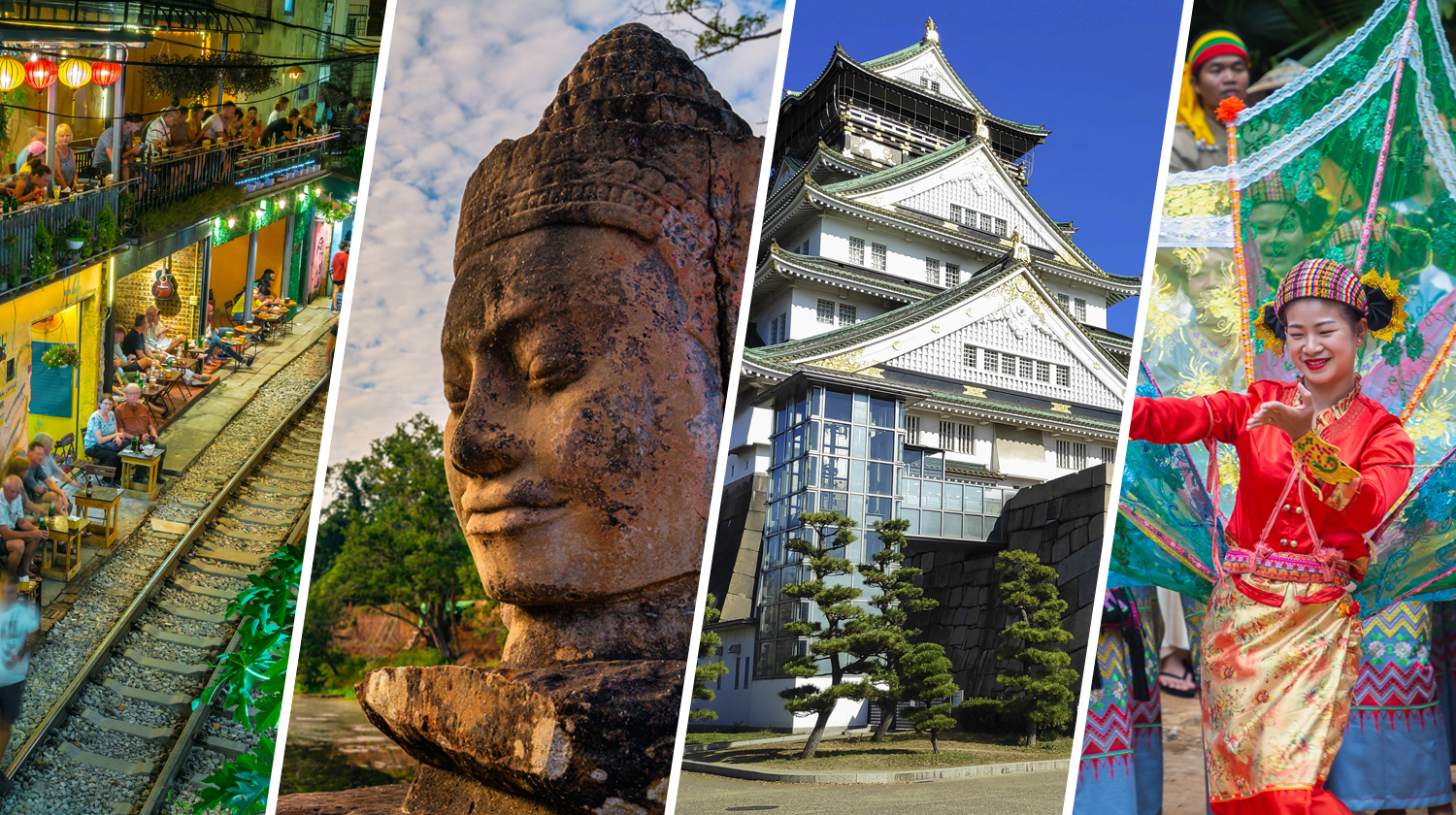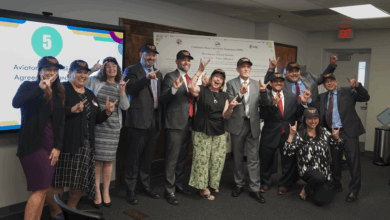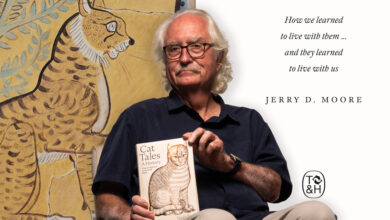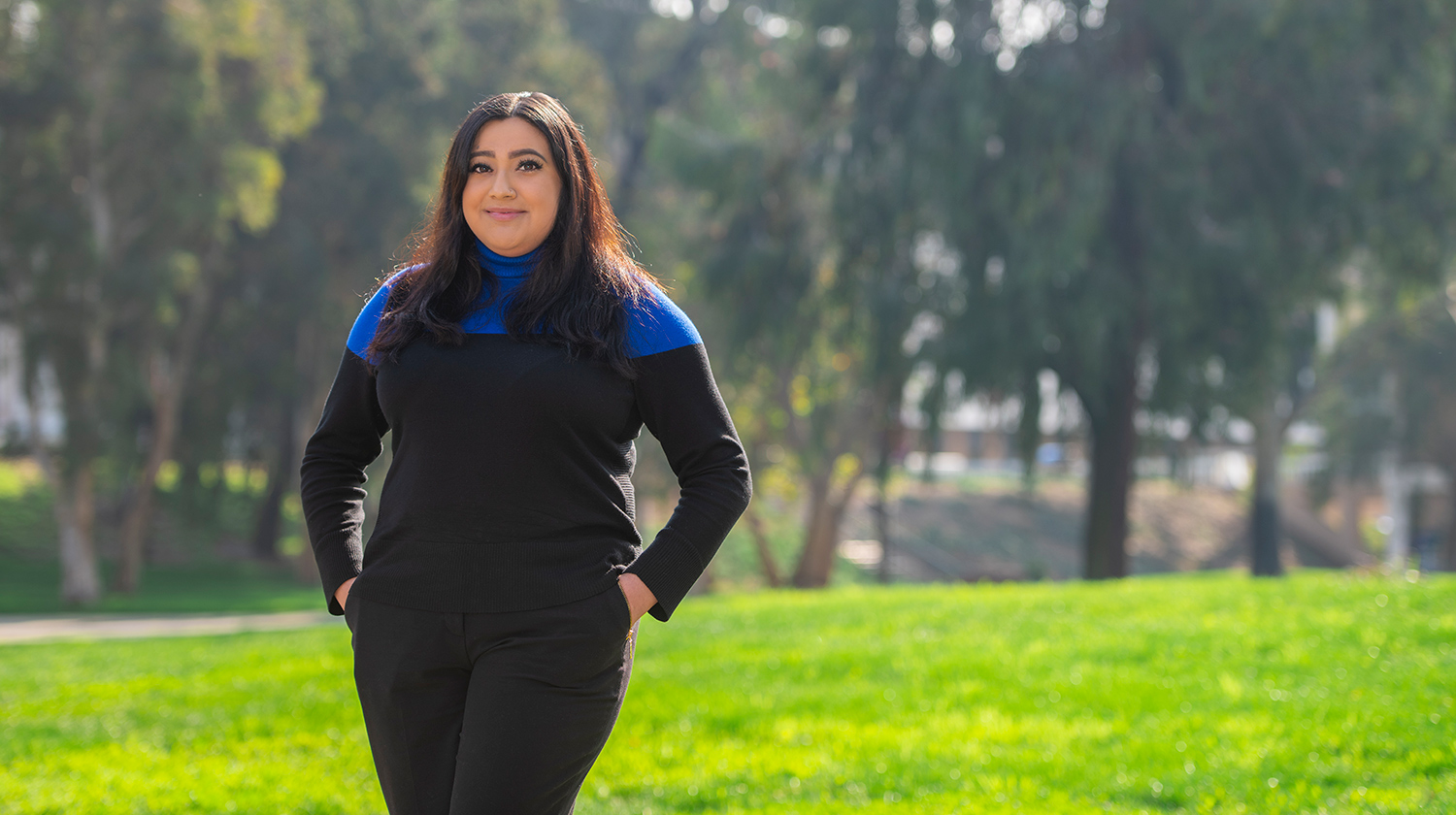 When California State University, Dominguez Hills (CSUDH) resumes classes in the fall, students will have a new major to pursue. After years of hard work and lobbying by several passionate CSUDH professors, the CSU Office of the Chancellor has officially approved the university’s Asian-Pacific Studies program as a new major.
When California State University, Dominguez Hills (CSUDH) resumes classes in the fall, students will have a new major to pursue. After years of hard work and lobbying by several passionate CSUDH professors, the CSU Office of the Chancellor has officially approved the university’s Asian-Pacific Studies program as a new major.
CSUDH has had Asian studies courses for decades, and students have been able to choose Asian-Pacific Studies as a minor since 1992. With its new major-level designation, the program now stands on equal footing with other ethnic studies departments at the university, such as Africana Studies and Chicano/a Studies.
In announcing the new major, CSUDH President Thomas A. Parham noted, “A university education should provide students the broadest exposure to fields of study that celebrate the history and culture of all people. Our new Asian-Pacific Studies major represents a giant leap forward in expanding our curriculum, affirming the field of instruction and research for our faculty, and providing students with opportunities to discover new information.”
The recent passage of California Assembly Bill 1460 (AB 1460), which if signed by Gov. Gavin Newsom would require three units of ethnic studies courses for every CSU graduate, further highlights the importance of establishing the major, says Professor of Asian-Pacific Studies Jung-Sun Park. “The establishment of the major is timely in that regard, and we are committed to providing much-needed education on social justice, inclusivity, equity, diversity, cross-cultural understanding, and other related issues.”
Park, who also serves as program coordinator, has been working to get Asian-Pacific Studies recognized as a major for years. “I came to CSUDH in 1999,” says Park, “and have long thought that it’s critical to establish a B.A. program here, given the economic, political, and sociocultural significance of the region, as well as the demographics of our student body and the neighboring communities.”
The proposed curriculum will have two concentrations: Asian-Pacific Studies and Asian American and Pacific Islander Studies, with each focusing on the peoples and cultures of that region. Park says, “The curriculum is designed to provide our students with a well-balanced, interdisciplinary education by integrating area studies with ethnic studies. Considering the highly globalized environment surrounding us, and the increasing significance of understanding racial/ethnic/cultural diversities, such interdisciplinary education is timely and necessary.”
The visible representation of Pacific Islanders is one of the significant components of the major, especially considering CSUDH’s location. Carson is home to one of the world’s largest Samoan communities outside the Independent State of Samoa, as well as large communities of Filipino and Hawaiian Americans.
“We’re really proud that we have one of the few stand-alone courses in Pacific Islander History, Culture, and Identity,” says Assistant Professor of Asian-Pacific Studies Mary Lacanlale, who helped spearhead the new major with Park. “Pacific Islanders can get kind of overlooked in many Asian and Asian American Studies programs, so we’re delighted to be able to offer a course specific to that community.”
Park is proud of the Asian-Pacific Studies program that has been at CSUDH from its inception (although the current name was adopted about three decades ago) The program is now getting its due as a major-level endeavor. The program has offered a wide range of academic, social, and cultural programs and activities for years, including lecture series, academic forums, API graduation celebrations, film festivals, field trips, and collaboration with community and other academic institutions.
“With the establishment of the B.A. program, we hope to hire more tenure-track faculty members and to gain a departmental status soon,” says Park, “That will allow us to further expand our contribution to the campus community and better serve our students, and ultimately the Asian American and Pacific Islander communities that have woven into the fabric of American society for almost 200 years.”









